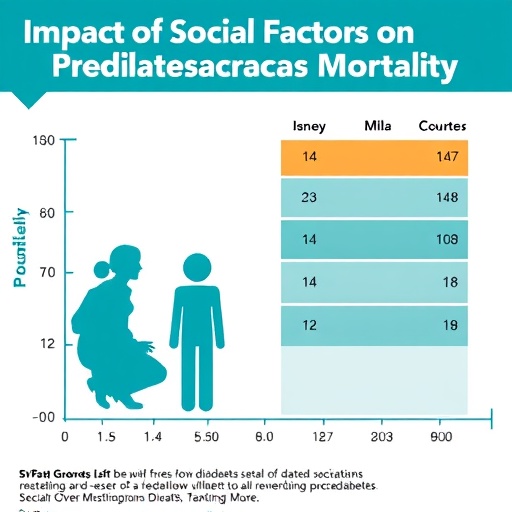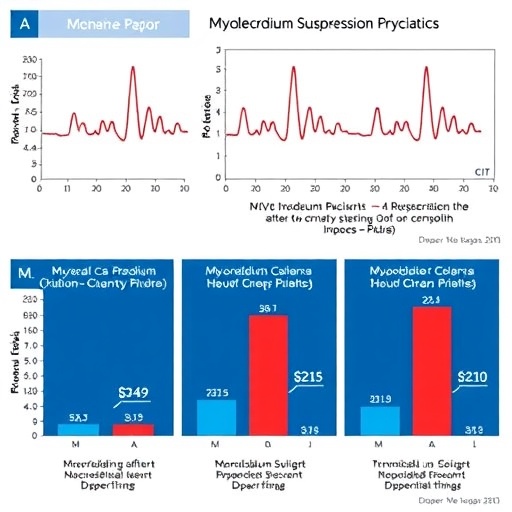The cow goes "moo." The pig goes "oink." A child can learn from a picture book to associate images with sounds, but building a computer vision system that can train itself isn't as simple. Using artificial intelligence techniques, however, researchers at Disney Research and ETH Zurich have designed a system that can automatically learn the association between images and the sounds they could plausibly make.
Given a picture of a car, for instance, their system can automatically return the sound of a car engine.
A system that knows the sound of a car, a splintering dish, or a slamming door might be used in a number of applications, such as adding sound effects to films, or giving audio feedback to people with visual disabilities, noted Jean-Charles Bazin, associate research scientist at Disney Research.
To solve this challenging task, the research team leveraged data from collections of videos.
"Videos with audio tracks provide us with a natural way to learn correlations between sounds and images," Bazin said. "Video cameras equipped with microphones capture synchronized audio and visual information. In principle, every video frame is a possible training example."
One of the key challenges is that videos often contain many sounds that have nothing to do with the visual content. These uncorrelated sounds can include background music, voice-over narration and off-screen noises and sound effects and can confound the learning scheme.
"Sounds associated with a video image can be highly ambiguous," explained Markus Gross, vice president for Disney Research. "By figuring out a way to filter out these extraneous sounds, our research team has taken a big step toward an array of new applications for computer vision."
"If we have a video collection of cars, the videos that contain actual car engine sounds will have audio features that recur across multiple videos" Bazin said. "On the other hand, the uncorrelated sounds that some videos might contain generally won't share any redundant features with other videos, and thus can be filtered out."
Once the video frames with uncorrelated sounds are filtered out, a computer algorithm can learn which sounds are associated with an image. Subsequent testing showed that when presented an image, the proposed system often was able to suggest a suitable sound. A user study found that the system consistently returned better results than one trained with the unfiltered original video collection.
Combining creativity and innovation, this research continues Disney's rich legacy of inventing new ways to tell great stories and leveraging technology required to build the future of entertainment.
These results were recently presented at a European Conference on Computer Vision (ECCV) workshop in Amsterdam. In addition to Jean-Charles Bazin, the research team included Matthias Solèr and Andreas Krause of ETH Zurich's Computer Science Department, and Oliver Wang and Alexander Sorkine-Hornung of Disney Research. For more information, visit the project web site at https://www.disneyresearch.com/publication/sounds-for-images/.
###
About Disney Research
Disney Research is a network of research laboratories supporting The Walt Disney Company. Its purpose is to pursue scientific and technological innovation to advance the company's broad media and entertainment efforts. Vice Presidents Jessica Hodgins and Markus Gross manage Disney Research facilities in Los Angeles, Pittsburgh and Zürich, and work closely with the Pixar and ILM research groups in the San Francisco Bay Area. Research topics include computer graphics, animation, video processing, computer vision, robotics, wireless & mobile computing, human-computer interaction, displays, behavioral economics, and machine learning.
Website: http://www.disneyresearch.com
Twitter: @DisneyResearch
Facebook: http://www.facebook.com/DisneyResearch
Media Contact
Jennifer Liu
[email protected]
http://www.disneyresearch.com
############
Story Source: Materials provided by Scienmag




